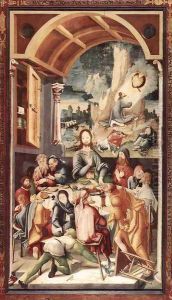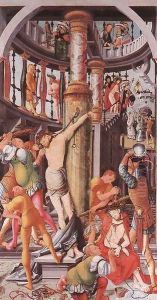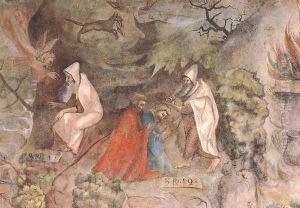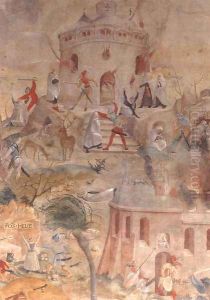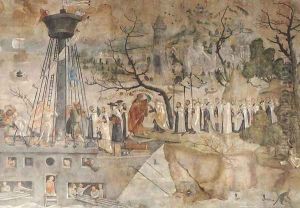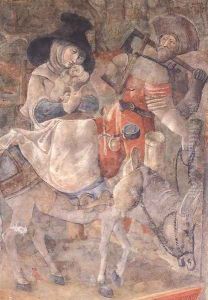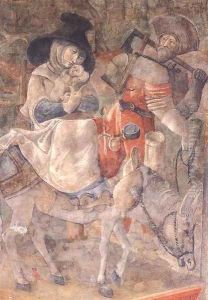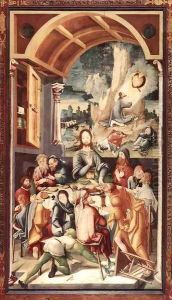Jorg Ratgeb Paintings
Jörg Ratgeb (also spelled Jerg Ratgeb or Jörg Ratgeb) was a German painter known for his contribution to the Northern Renaissance, particularly within the region of Swabia. Ratgeb was born around 1480, but the exact place of his birth remains uncertain. Little is known about his early life or training. He is first documented in Frankfurt am Main in 1508, which suggests that he might have traveled or been part of a workshop before that time.
Ratgeb’s work is characterized by its vivid detail, expressive figures, and complex compositions. He was heavily influenced by the developments in Early Netherlandish painting, and his style reflects a blend of Northern realism with the emerging Renaissance sensibility. One of his most famous works is the Herrenberg Altarpiece (c. 1517), which showcases his talent in both thematic complexity and the use of color.
During his career, Ratgeb worked on several large-scale projects, including frescoes and altarpieces. His other notable works include the wall paintings in the Carmelite cloister at Frankfurt am Main, which are now unfortunately lost. Ratgeb’s career took a turn when he became involved in the German Peasants' War, a widespread popular revolt in the German-speaking areas of Central Europe from 1524 to 1526. He aligned himself with the peasants, which was a risky political stance that ultimately led to his demise.
In 1526, after the failure of the Peasants' War, Ratgeb was accused of heresy and rebellion. He was captured, tortured, and condemned to death. Jörg Ratgeb was executed by being torn apart by four horses in Pforzheim, Germany. His violent end reflected the turbulent times and the dangerous intersection of art, politics, and religion during the Reformation period. Despite his tragic death, Ratgeb’s work remains an important testament to the artistic movements of his time and provides valuable insight into the social and political landscape of early 16th-century Germany.
